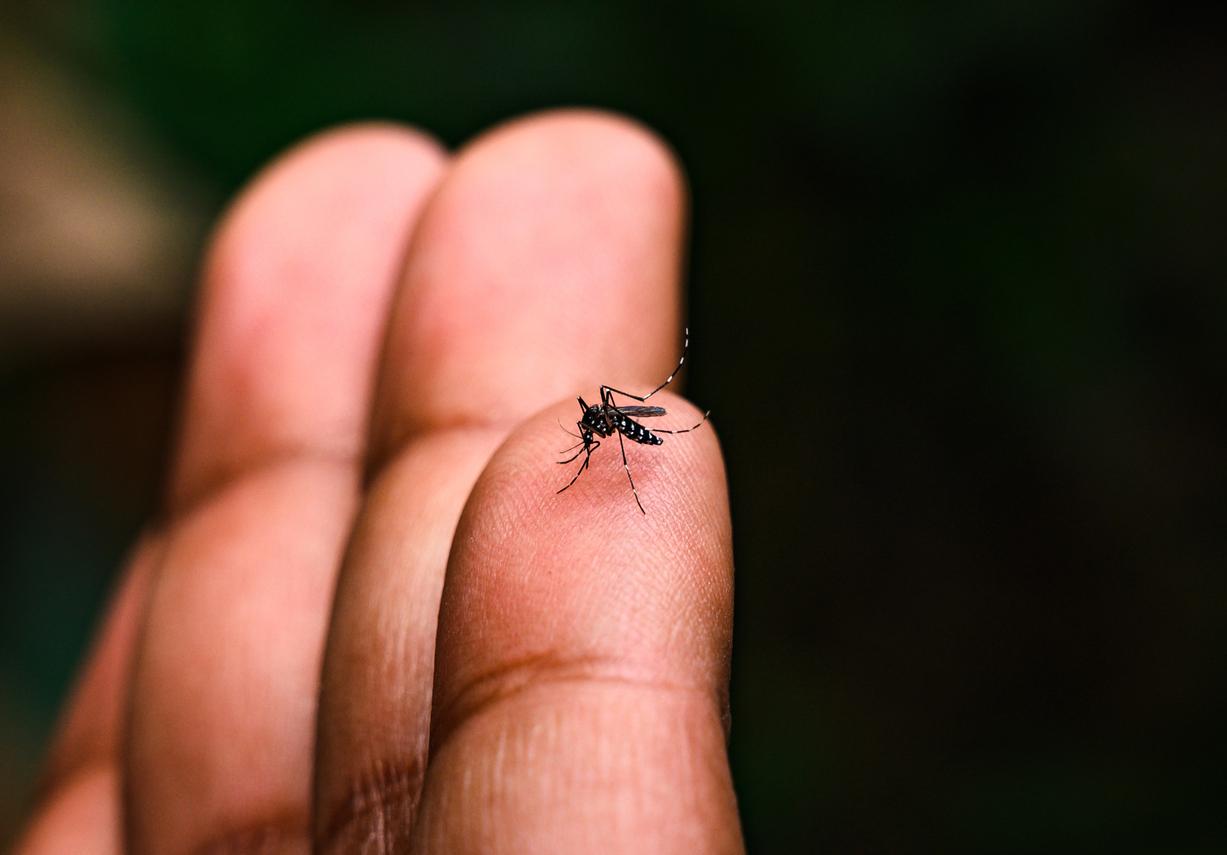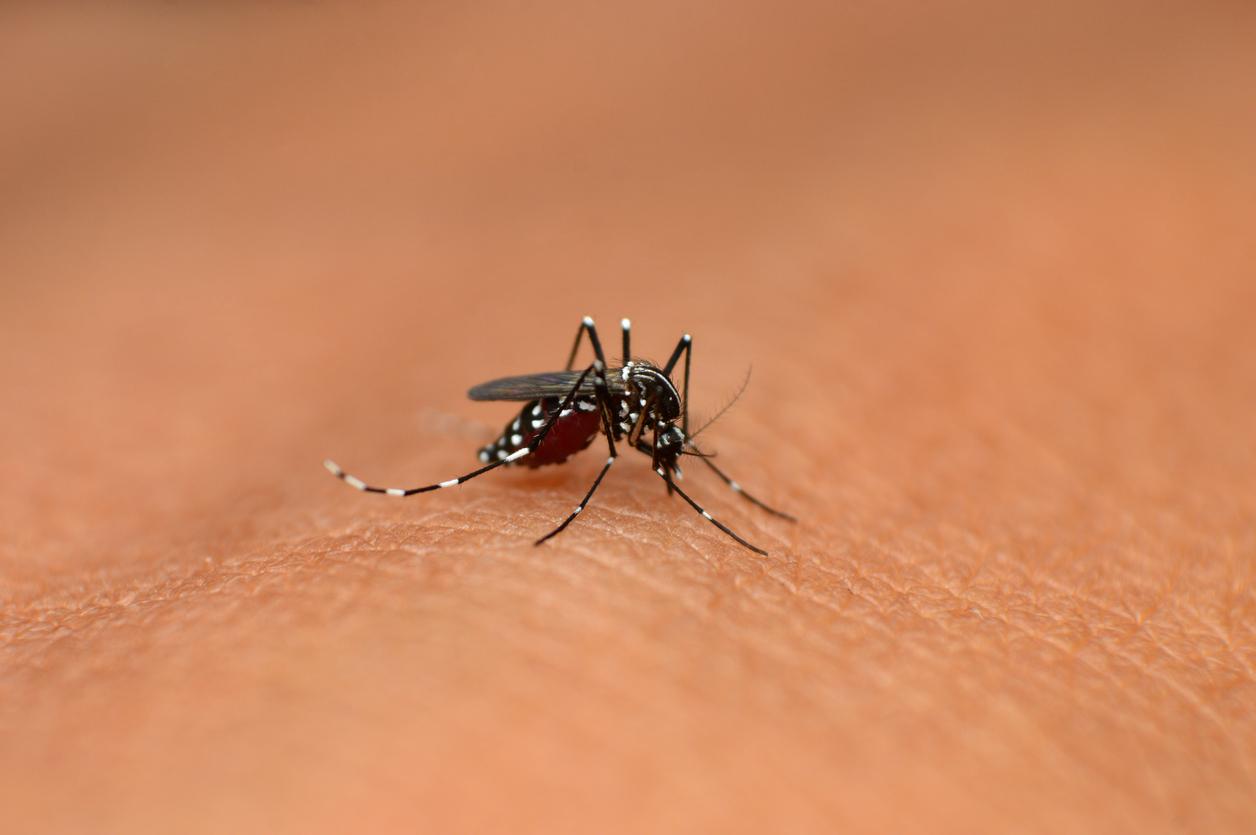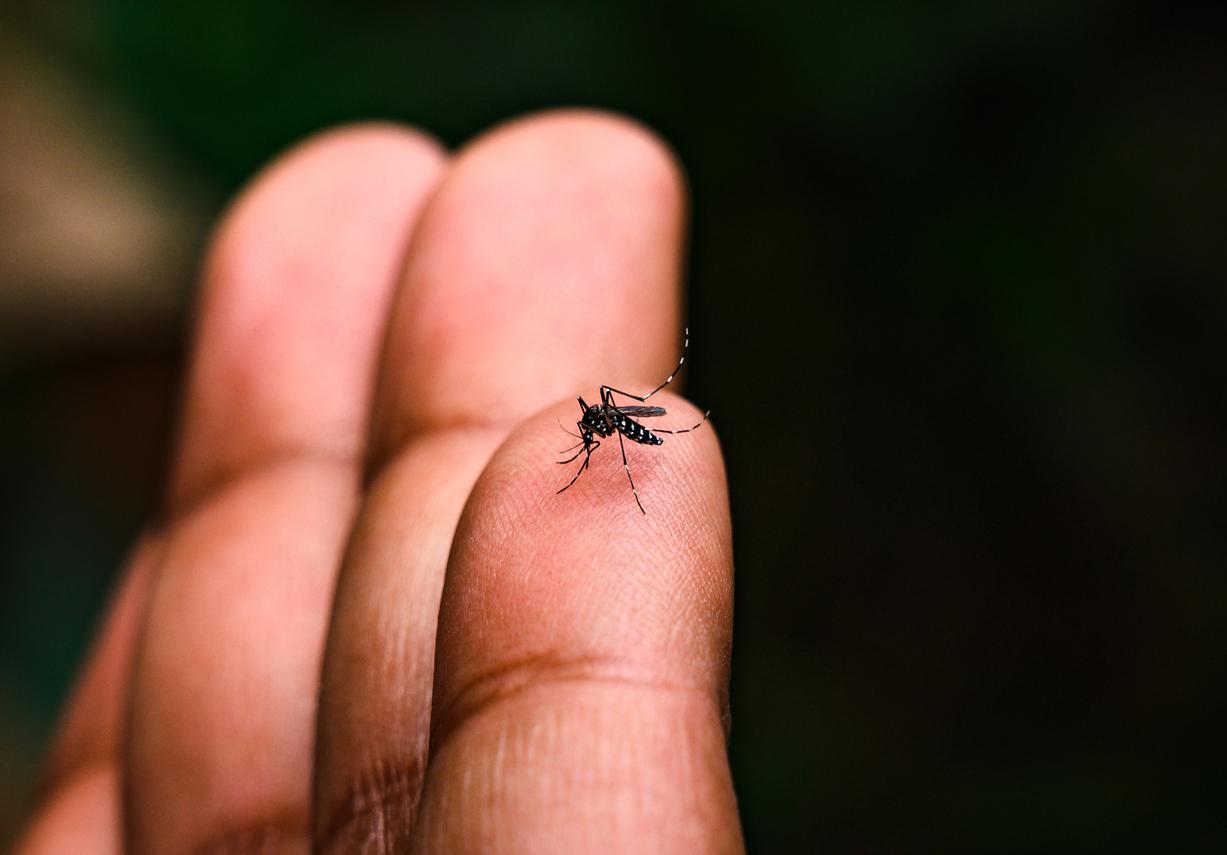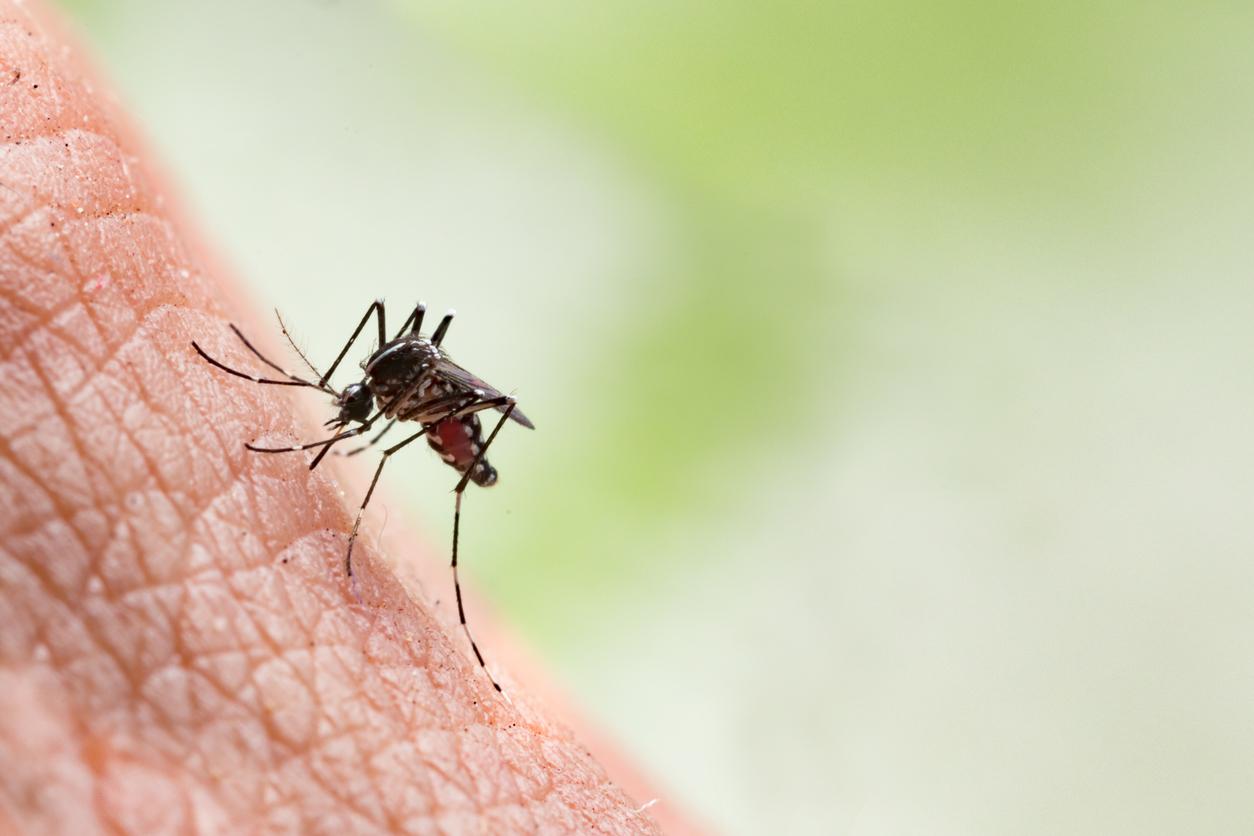A first case of human infection with the Usutu virus has been diagnosed in Montpellier. Transmitted by the bite of the Culex mosquito, the most predominant in France, the virus directly attacks the nervous system. How to recognize this mosquito and protect yourself from it?
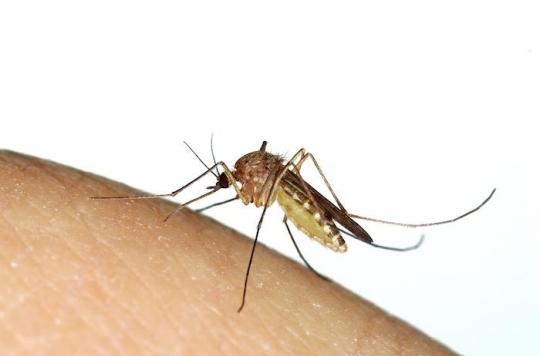
After dengue fever, zika and chikungunya, here comes the Usutu virus. Transmitted by the bite of a Culex mosquito, this new virus which attacks the nervous system has just been discovered by researchers from Inserm in Montpellier. Virus of African origin (Senegal, Nigeria, Uganda, Burkina Faso, Ivory Coast, Morocco…), Usutu mainly affects themigratory bird species, such as blackbirds, chickadees, sparrows, robins and a few birds of prey, including owls and owls. In Europe, the blackbird seems to be the main victim.
An essentially animal virus
The development cycle of the Usutu virus is still unknown to the scientific community, but it seems that these birds are the reservoir of the virus. Formally identified for the first time in South Africa in 1959, in Swaziland near the Usutu River (hence its name), it has been circulating in Occitania since 2015.
It is assumed that it is the source of several infectious foci causing significant peaks in bird mortality, as in 2004 in Austria. Surprisingly, the number of sick or virus-positive birds has often dropped spontaneously after an outbreak, suggesting that herd immunity develops rapidly in surviving birds. However, no scientific study supports this hypothesis. Since 1996, several massive bird mortality phenomena have been attributed to Usutu in the Italian provinces of Florence and Pistoia, as well as in Hungary., Switzerland, Spain or even Germany.
A first human case
The first case of human infection in France was spotted in Montpellier. A 39-year-old man would indeed have been infected in France after a Culex-type mosquito bit migratory birds from Africa. “He arrived with facial paralysis, explains to France 3 Olivier Sillam, the patient’s caregiver. His right side of the face could no longer move. He had ants all over his body, mainly on the right side and small motor deficits. A rather atypical picture for a classic facial paralysis”. A neurological tropism therefore for the infection linked to this virus. Several human cases have been identified in Europe: 10 in Italy and three in Croatia. Positive point: the virus is not transmitted from man to man.
The Culex mosquito and the others
The Culex mosquito is the most predominant insect in France. Also nicknamed “domestic mosquito”, it can transmit serious diseases such as West Nile Fever or Japanese Encephalitis, as well as the Usutu virus, unlike the Anopheles mosquito, vector of malaria or the Aedes mosquito (including the tiger mosquito ) which is the vector of dengue fever, Chikungunya and the Zika virus. The Culex mosquito does not look like the tiger mosquito: it measures between 5 and 7 mm long and its wings protrude slightly from the abdomen, which is brown and ringed. The female’s body can become deformed when she gorges herself with blood. It is also she who stings the Man.
Like the tiger mosquito, the Culex likes rather warm and stagnant water and/or shady ponds or intra-forest ditches and it is capable of biting during the day (unlike the Anopheles which only bites at night). It is therefore necessary to protect yourself in theory 24 hours a day, hence the interest of eliminating breeding sites from your habitat, that is to say any source of stagnant water, such as gutter bottoms or flower pot saucers. It is indeed in these quiet little corners that the females lay their eggs.
Our era is in full transition, in particular because of travel or global warming. It is therefore not surprising to see the emergence of a number of new diseases in France (“emerging diseases”) which previously only concerned distant countries.
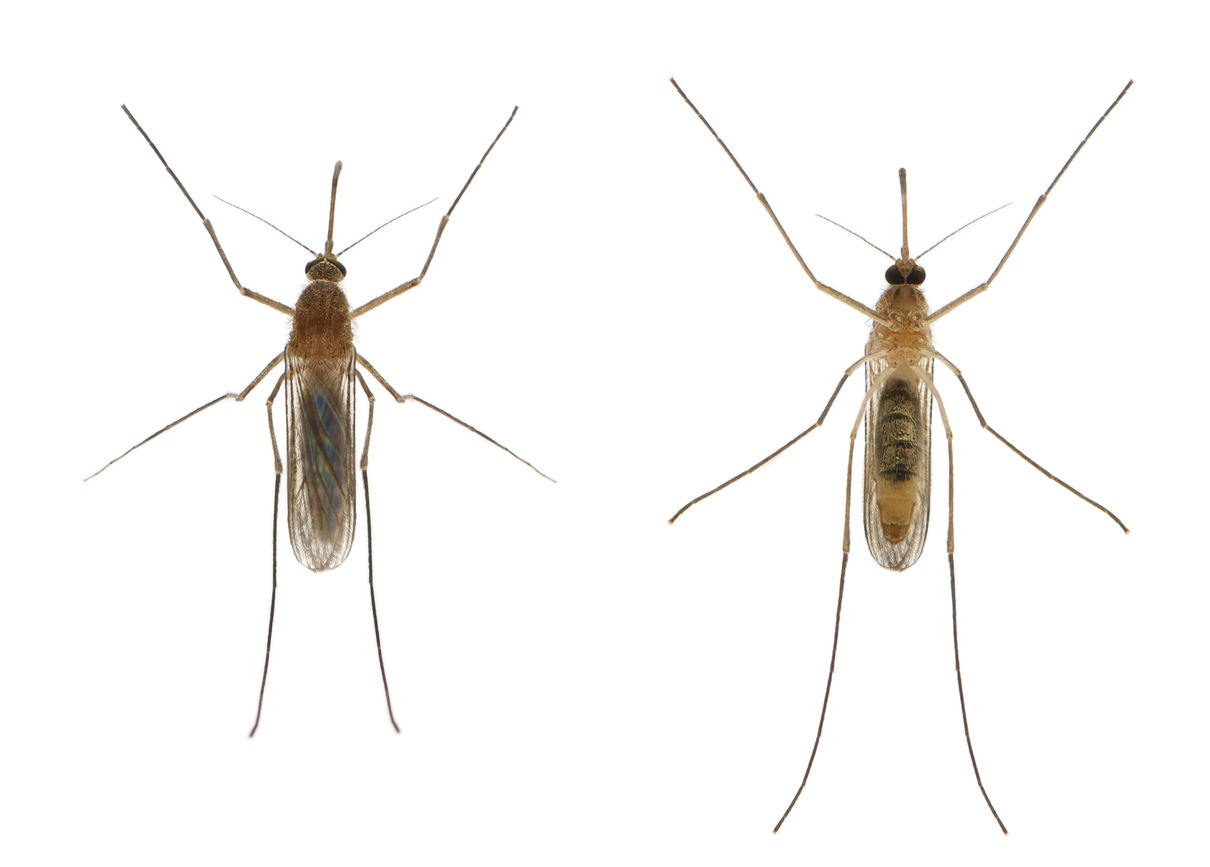
.







